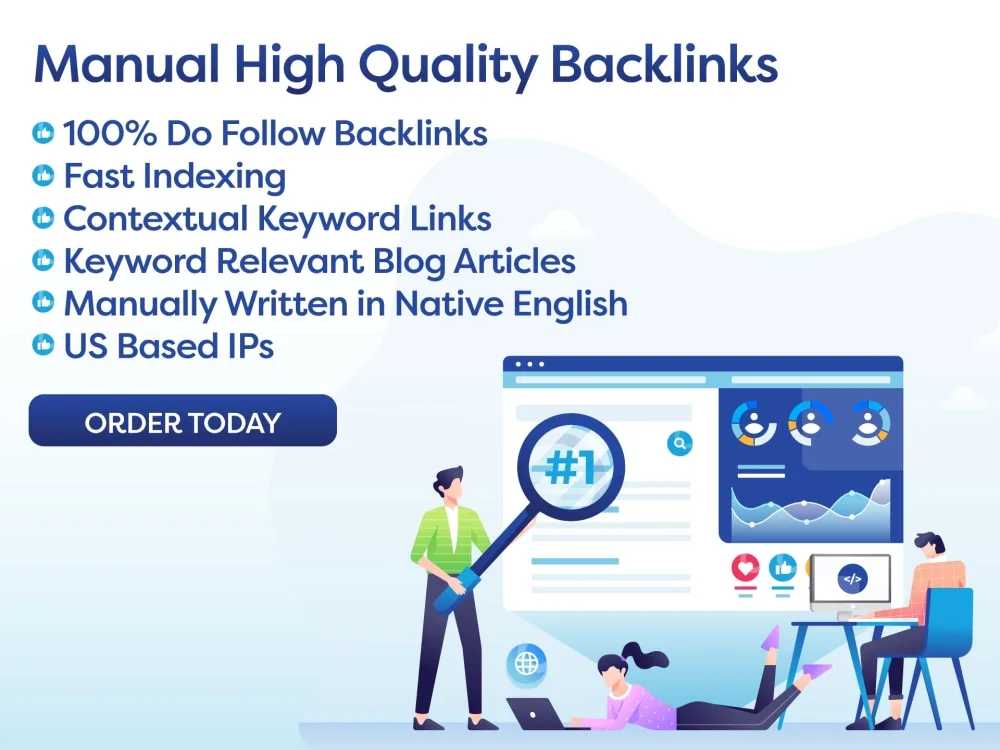In today’s digital age, having a strong online presence is crucial, and SEO is key to increasing visibility and organic traffic. Beginners can struggle with creating an effective SEO content workflow. Understanding basic SEO concepts, conducting keyword research, creating an editorial calendar, writing SEO-friendly content, optimizing meta tags, monitoring performance, and continuous improvement are essential steps. A structured approach to content creation and optimization can significantly improve search engine rankings and attract more visitors. By continuously iterating, testing new approaches, and staying informed about industry trends, you can optimize your website’s SEO performance and achieve long-term success.
Excerpt: Learn how to streamline your SEO content workflow and improve your website’s visibility and ranking in search engines.
Introduction:
In today’s digital age, having a strong online presence is crucial for businesses of all sizes. Search engine optimization (SEO) is the key to increasing your website’s visibility and driving organic traffic. However, many beginners struggle with creating an effective SEO content workflow. In this article, we will break down the process and provide you with practical tips to optimize your content strategy.
Have you ever wondered how some websites consistently rank at the top of search engine results while others seem to get lost in the digital abyss? The answer lies in their SEO content workflow. By implementing a structured approach to creating and optimizing content, you can significantly improve your website’s search engine ranking and attract more visitors. So, let’s dive into the world of SEO and discover how you can take your website to the next level.
Key Takeaways:
1. Understanding the basics of SEO content workflow
2. Keyword research and content planning
3. Content creation and optimization
4. Monitoring and analyzing performance
5. Continuous improvement and optimization
Key Takeaways
1. Understanding the basics of SEO content workflow:
To start, it’s essential to have a basic understanding of how SEO works and its importance in digital marketing. By familiarizing yourself with key concepts such as keywords, meta tags, and backlinks, you can optimize your content effectively for search engines.
Subheadings:
– What is SEO?
– The role of keywords in SEO
SEO stands for search engine optimization, which is the practice of optimizing your website to improve its ranking in search engine results. By incorporating relevant keywords into your content and following best practices for on-page optimization, you can make your website more visible to users searching for relevant topics.
Keywords are the foundation of any successful SEO content strategy. By conducting keyword research, you can identify the terms and phrases your target audience is using to search for information online. By strategically incorporating these keywords into your content, you can increase your website’s chances of ranking higher in search results.
2. Keyword research and content planning:
Once you have a solid understanding of SEO basics, it’s time to dive into keyword research and content planning. By identifying relevant keywords and mapping out your content strategy, you can create a roadmap for success.
Subheadings:
– Conducting keyword research
– Creating an editorial calendar
Keyword research is a critical step in the SEO content workflow. By using tools like Google Keyword Planner or SEMrush, you can identify high-volume keywords that are relevant to your niche. By targeting these keywords in your content, you can increase your chances of ranking higher in search engine results.
Creating an editorial calendar is essential for planning and organizing your content strategy. By outlining topics, deadlines, and key milestones, you can ensure that your content is consistent and aligned with your SEO goals. Additionally, an editorial calendar can help you track performance and make adjustments as needed.
3. Content creation and optimization:
With your keyword research and content plan in place, it’s time to start creating and optimizing your content. By following best practices for on-page optimization and creating high-quality, engaging content, you can increase your website’s visibility and attract more visitors.
Subheadings:
– Writing SEO-friendly content
– Optimizing meta tags
Writing SEO-friendly content involves incorporating keywords naturally into your text, using headings and subheadings to structure your content, and including internal and external links to authoritative sources. By following these best practices, you can make your content more appealing to both users and search engines.
Optimizing meta tags, including title tags and meta descriptions, is another essential aspect of SEO content optimization. By including relevant keywords in your meta tags and crafting compelling descriptions that entice users to click, you can improve your website’s click-through rate and overall search engine ranking.
4. Monitoring and analyzing performance:
Once your content is live, it’s crucial to monitor and analyze its performance to identify areas for improvement. By tracking key metrics such as organic traffic, bounce rate, and conversion rate, you can make data-driven decisions to optimize your content further.
Subheadings:
– Tracking key performance metrics
– Analyzing user engagement
Tracking key performance metrics, such as organic traffic and conversion rate, can provide valuable insights into the effectiveness of your SEO content strategy. By monitoring these metrics regularly, you can identify trends and patterns that can help you refine your approach and achieve better results.
Analyzing user engagement, including time on page, bounce rate, and click-through rate, can also provide valuable insights into how users are interacting with your content. By identifying areas where users are dropping off or losing interest, you can make adjustments to improve user experience and maximize engagement.
5. Continuous improvement and optimization:
SEO is an ongoing process that requires regular monitoring and optimization. By continuously iterating on your content strategy, testing new approaches, and staying up-to-date with the latest trends and best practices, you can keep your website competitive and ahead of the curve.
Subheadings:
– A/B testing content variations
– Staying informed about industry trends
A/B testing content variations can help you identify which approaches are most effective in driving engagement and conversions. By testing different headlines, calls to action, and content formats, you can gather valuable data to inform your content strategy and make data-driven decisions.
Staying informed about industry trends and best practices is essential for staying ahead in the ever-evolving world of SEO. By following industry experts, attending conferences, and networking with other professionals, you can stay up-to-date with the latest developments and ensure that your content remains relevant and competitive.
Action Plan:
Based on the key points and takeaways covered in this article, here is an action plan for SEO beginners:
1. Familiarize yourself with the basics of SEO and its importance in digital marketing.
2. Conduct keyword research to identify relevant keywords for your niche.
3. Create an editorial calendar to plan and organize your content strategy.
4. Write SEO-friendly content and optimize meta tags for on-page optimization.
5. Monitor key performance metrics and analyze user engagement to identify areas for improvement.
6. Continuously iterate on your content strategy, test new approaches, and stay informed about industry trends to optimize your website’s SEO performance.
Conclusion:
In conclusion, understanding and implementing an effective SEO content workflow is crucial for improving your website’s visibility and ranking in search engine results. By following best practices for keyword research, content creation, and optimization, monitoring performance, and continuously iterating on your strategy, you can take your website to the next level and attract more organic traffic. Remember, SEO is a dynamic and ever-evolving field, so it’s essential to stay informed and adapt your strategy accordingly to achieve long-term success.
FAQ:
Q: How long does it take to see results from SEO content optimization?
A: The timeline for seeing results from SEO content optimization can vary depending on various factors, such as the competitiveness of your niche, the quality of your content, and the strength of your backlink profile. In general, it can take anywhere from a few weeks to several months to see significant improvements in your search engine ranking and organic traffic.
Q: Is it worth investing in SEO tools for keyword research and performance tracking?
A: Investing in SEO tools can be a worthwhile investment for beginners looking to streamline their SEO content workflow. Tools like Google Keyword Planner, SEMrush, and Moz can help you identify high-volume keywords, track key performance metrics, and make data-driven decisions to optimize your content strategy. While some tools may have a cost associated with them, the insights and efficiencies they provide can ultimately lead to improved results and ROI.

